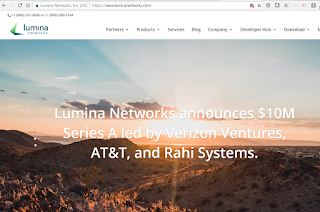 ETSI announced the availability of OSM Release FOUR, its most ambitious and innovative to date, and a huge leap forward in terms of functionality, user experience and maturity.
ETSI announced the availability of OSM Release FOUR, its most ambitious and innovative to date, and a huge leap forward in terms of functionality, user experience and maturity.New functionalities of OSM Release FOUR:
- New northbound interface, aligned with ETSI NFV specification SOL005, providing a single pane of glass to control the OSM system. To facilitate the interoperability with existing and new client applications, the details of the interface are entirely available in OpenAPI format.
- Cloud-native install that brings a large set on improvements in terms of user experience and optimization. With a reduced footprint, this Release is much faster, responsive and stable than ever, and provides more convenient means for event logging and diagnosis. In addition, a new graphical user interface (GUI) and a set of optional components can be installed on top of the core components to enrich the experience in terms of visualization, VIM sandbox, etc.
- Monitoring and closed-loop capabilities have also been extended. On-demand and descriptor-driven setting of alarms and metrics are now much simpler and convenient to configure and consume. Likewise, the support of push notifications and configuration of reactive policies, via the new Policy Manager, opens the door to closed-loop operations.
- Modelling and networking logic have also been enhanced. The full support of IP profiles, the consistency checking of addressing, the ability to configure specific MAC addresses for non-cloud-native VNFs, the support of service function chaining assisted by the VIM, or the possibility of using alternative images for public clouds, are only some examples. It also sets a solid path for the support of native charms - so that conventional Juju applications can run natively in OSM - and for the seamless management of Physical Network Functions (PNFs) or hybrid components (physical and virtual), enabling a true end to end service orchestration across virtual and physical network domains.
















